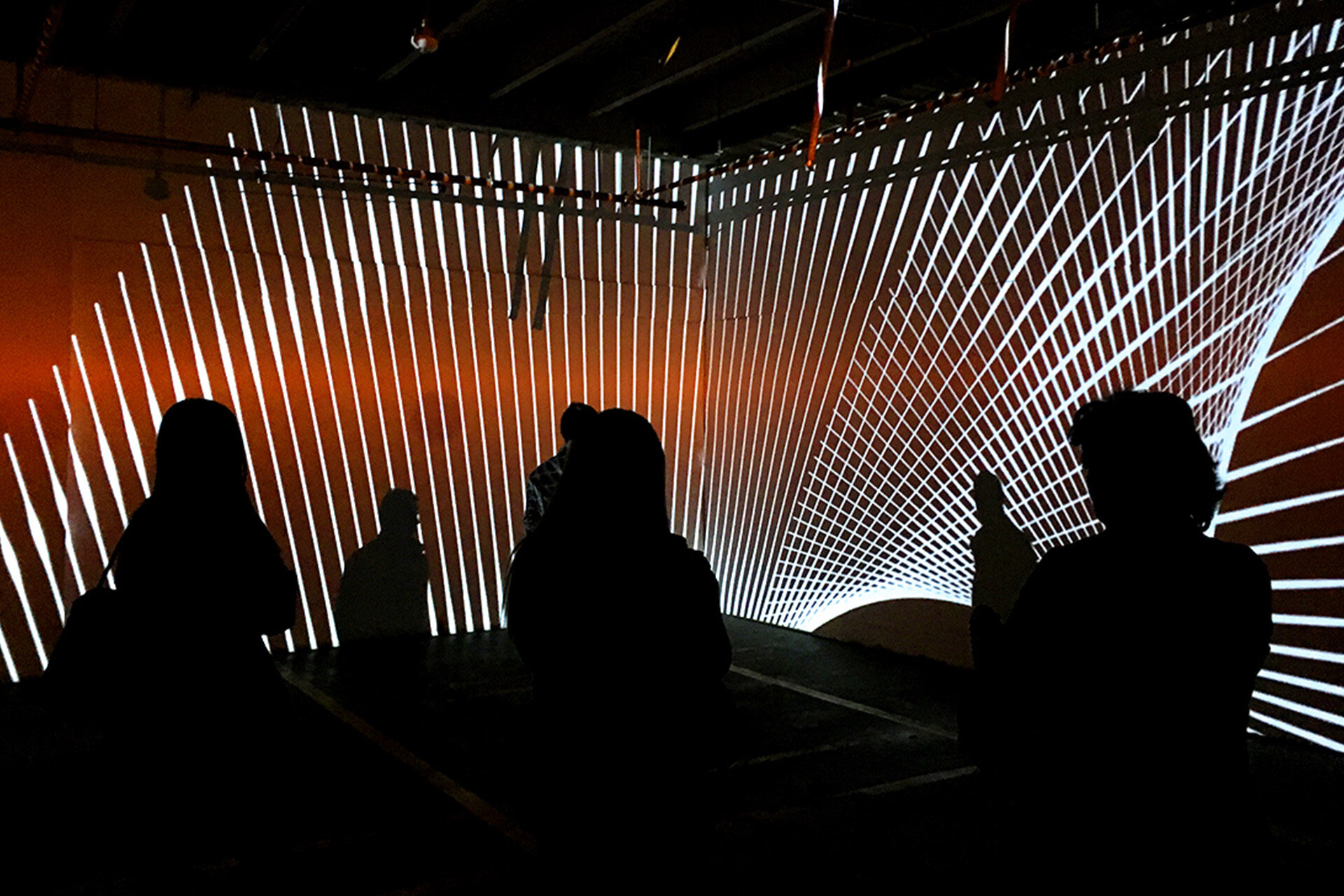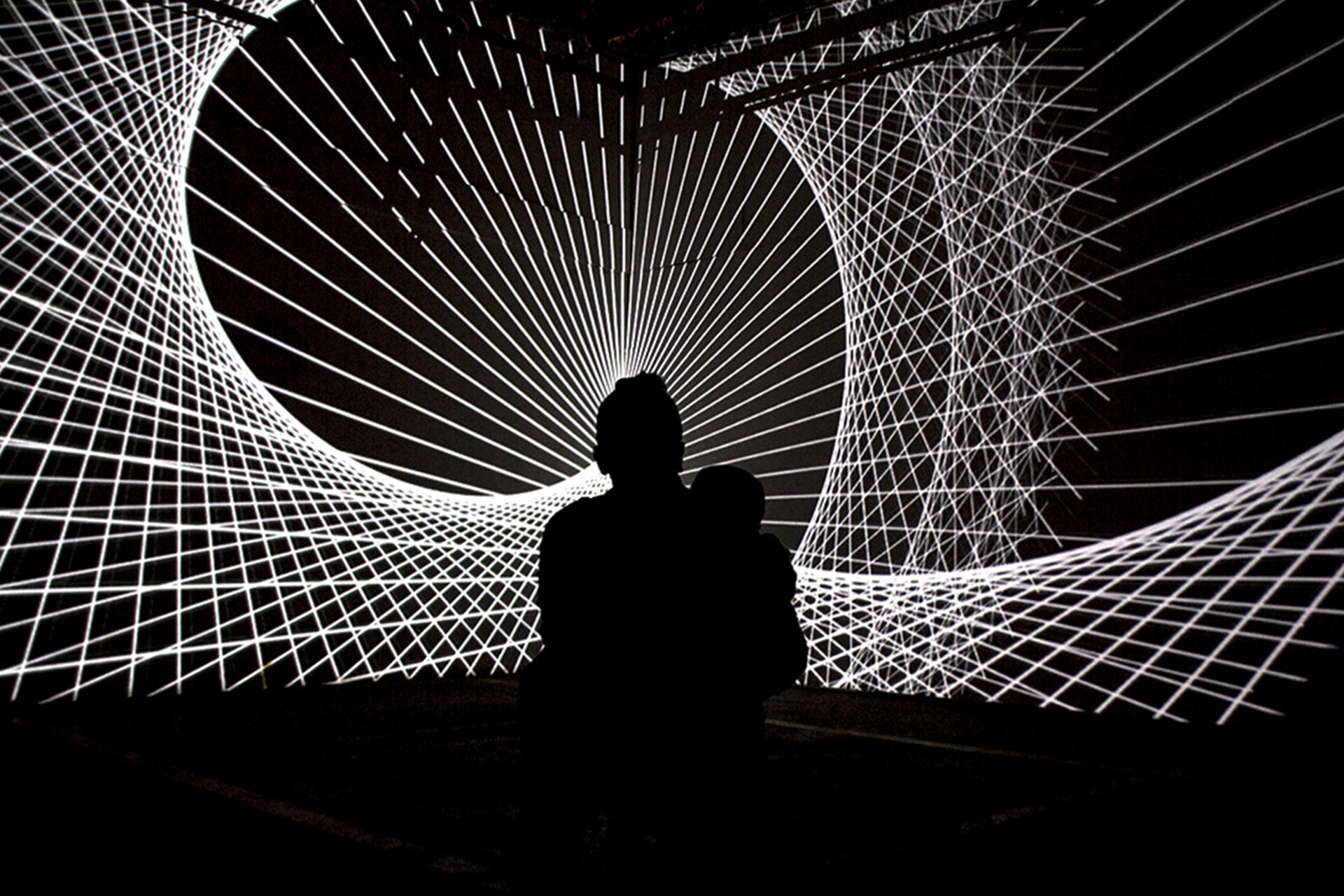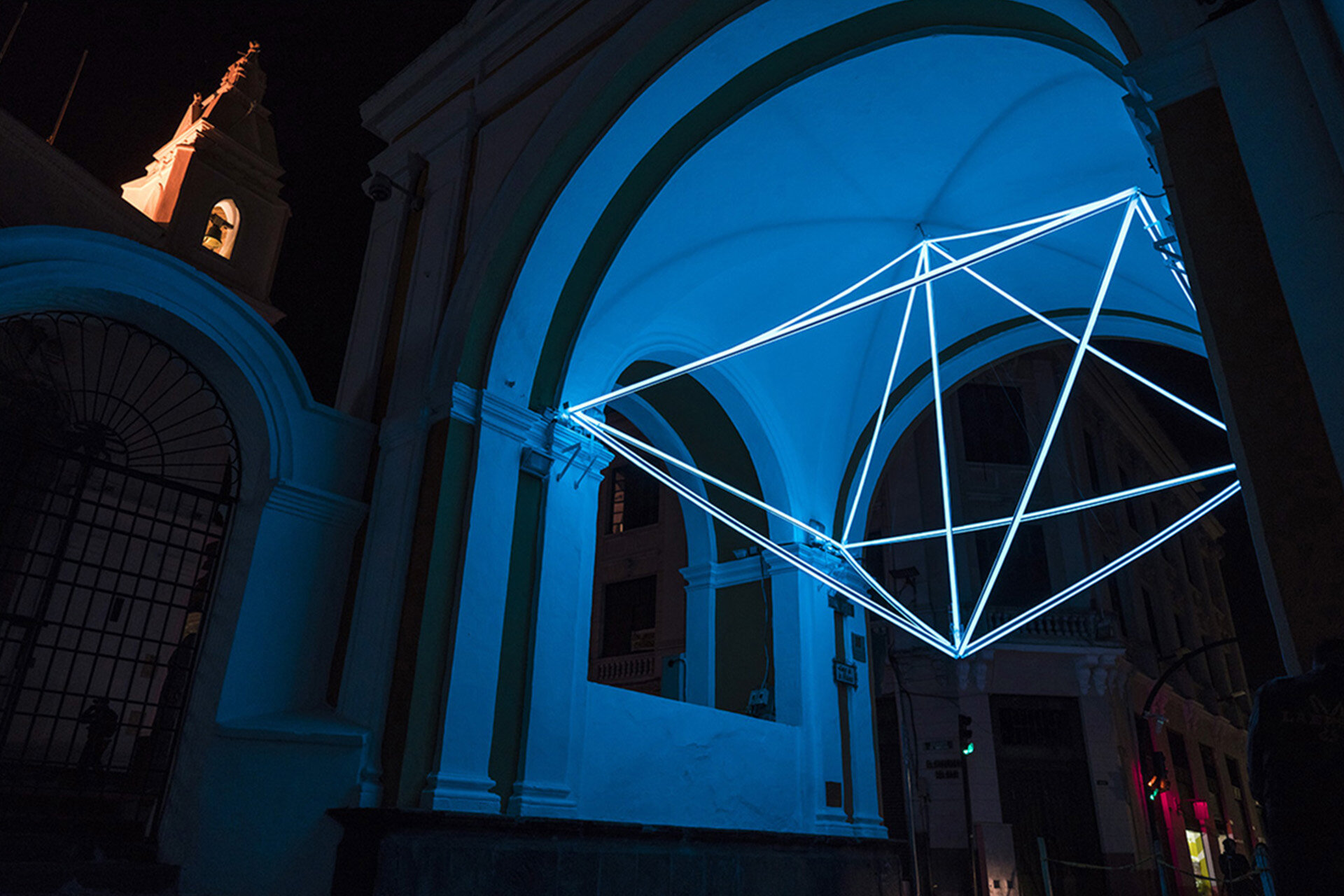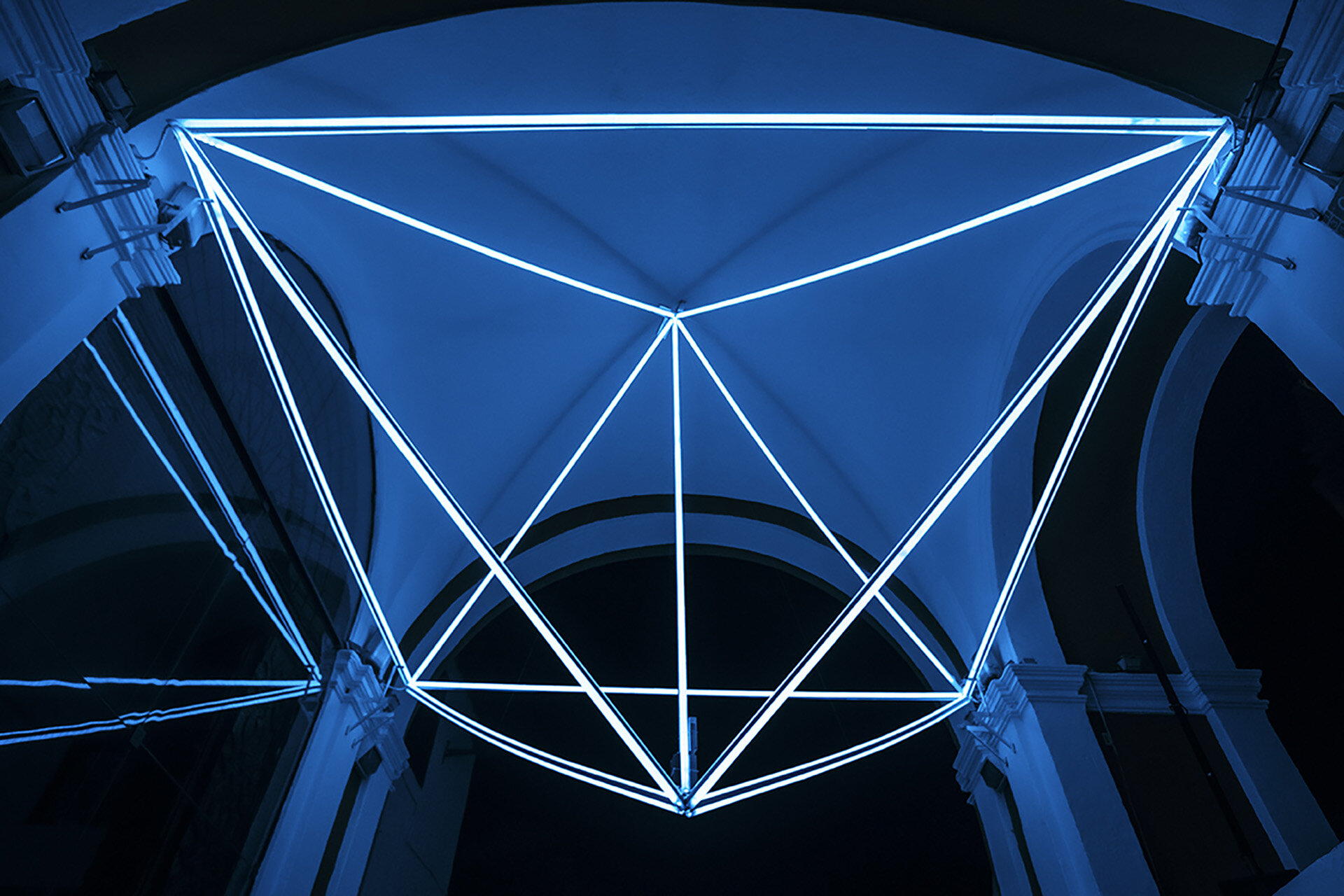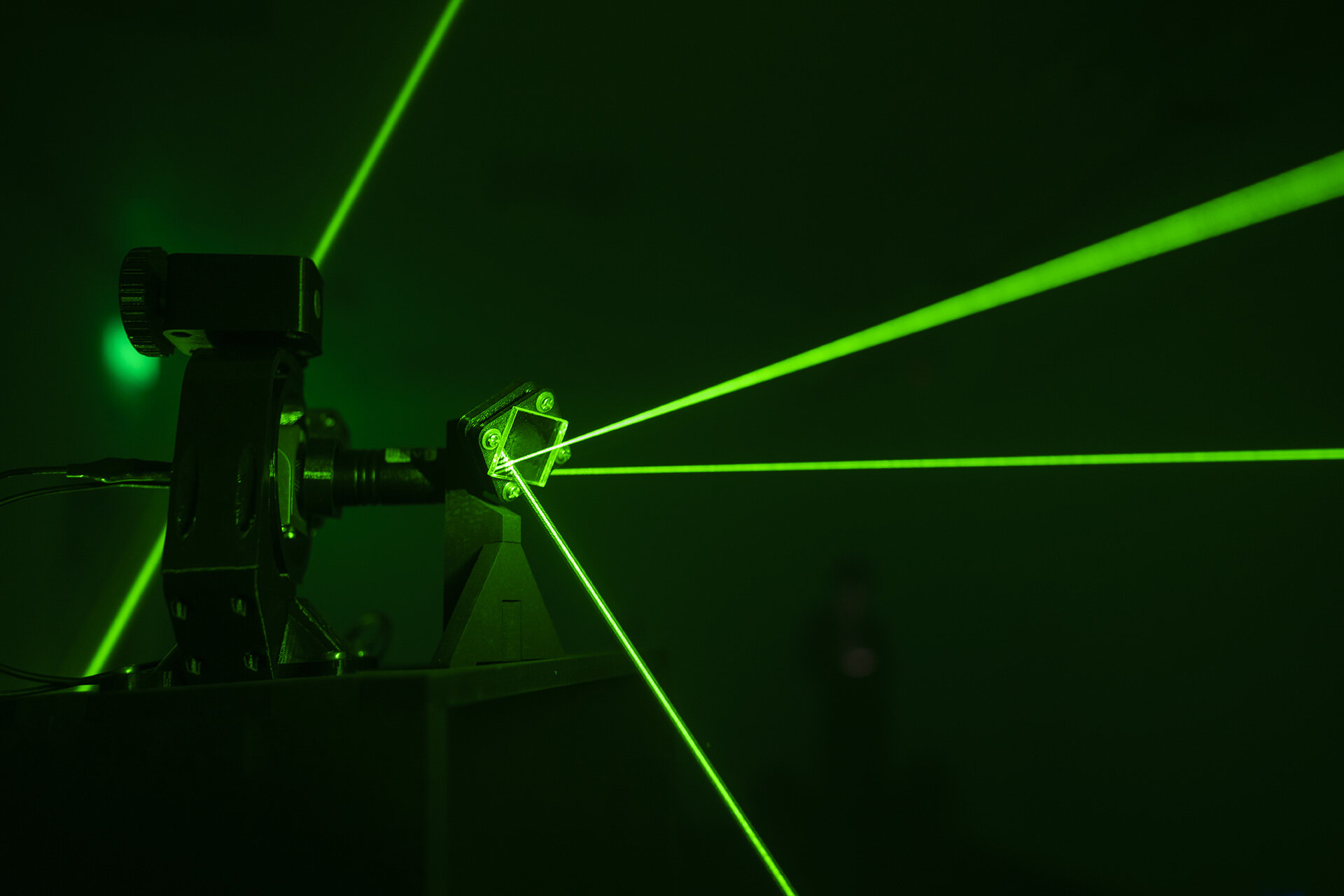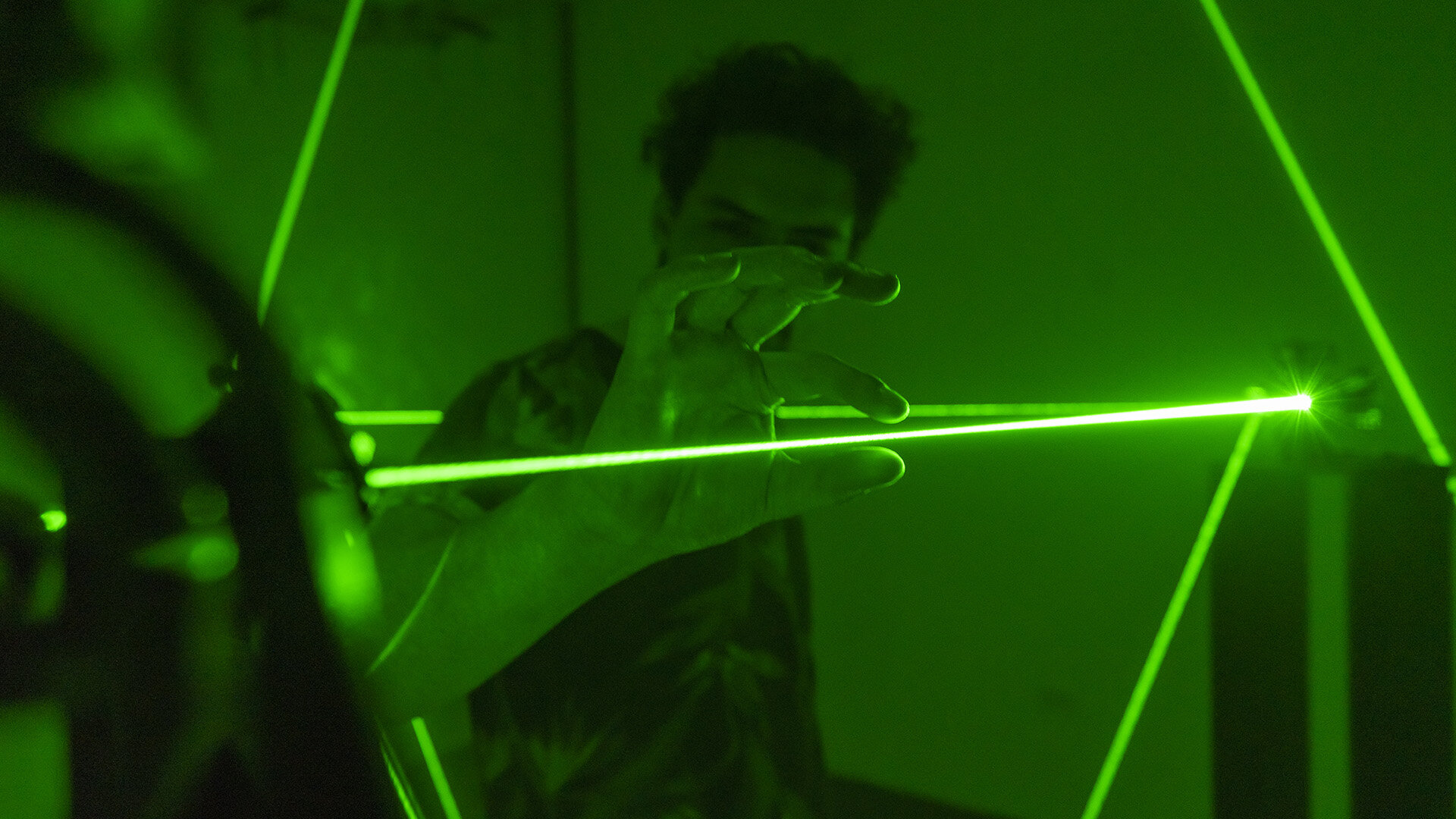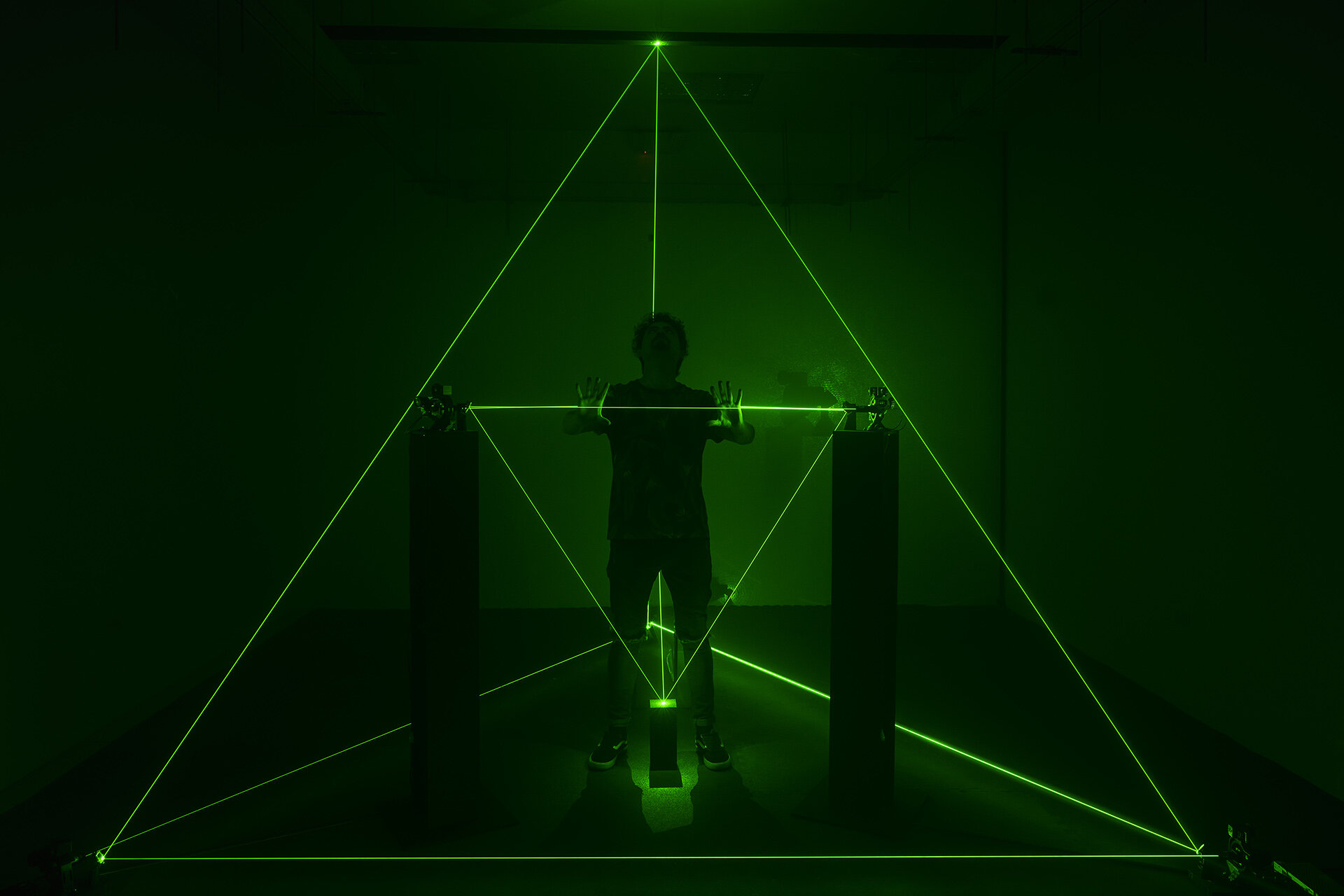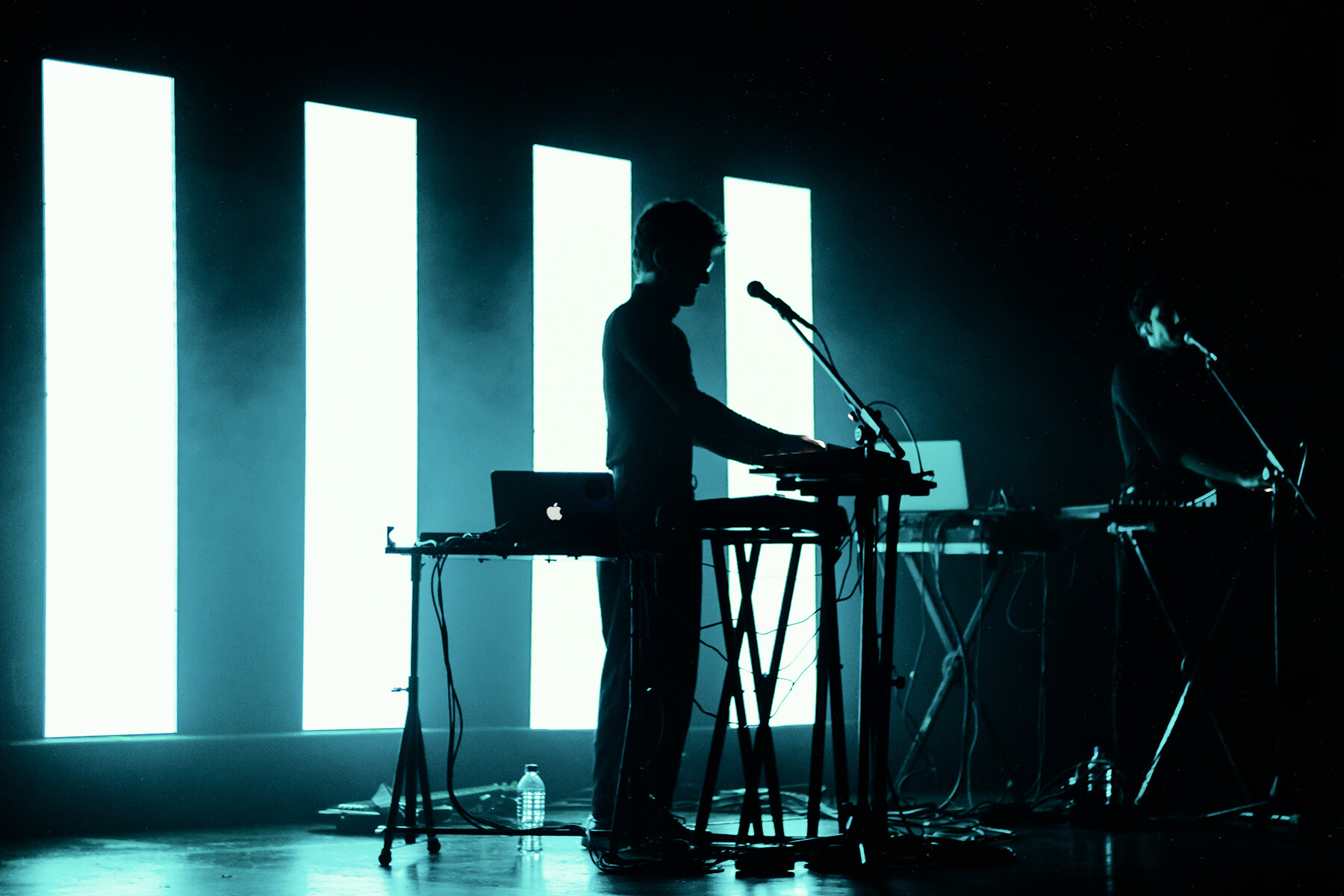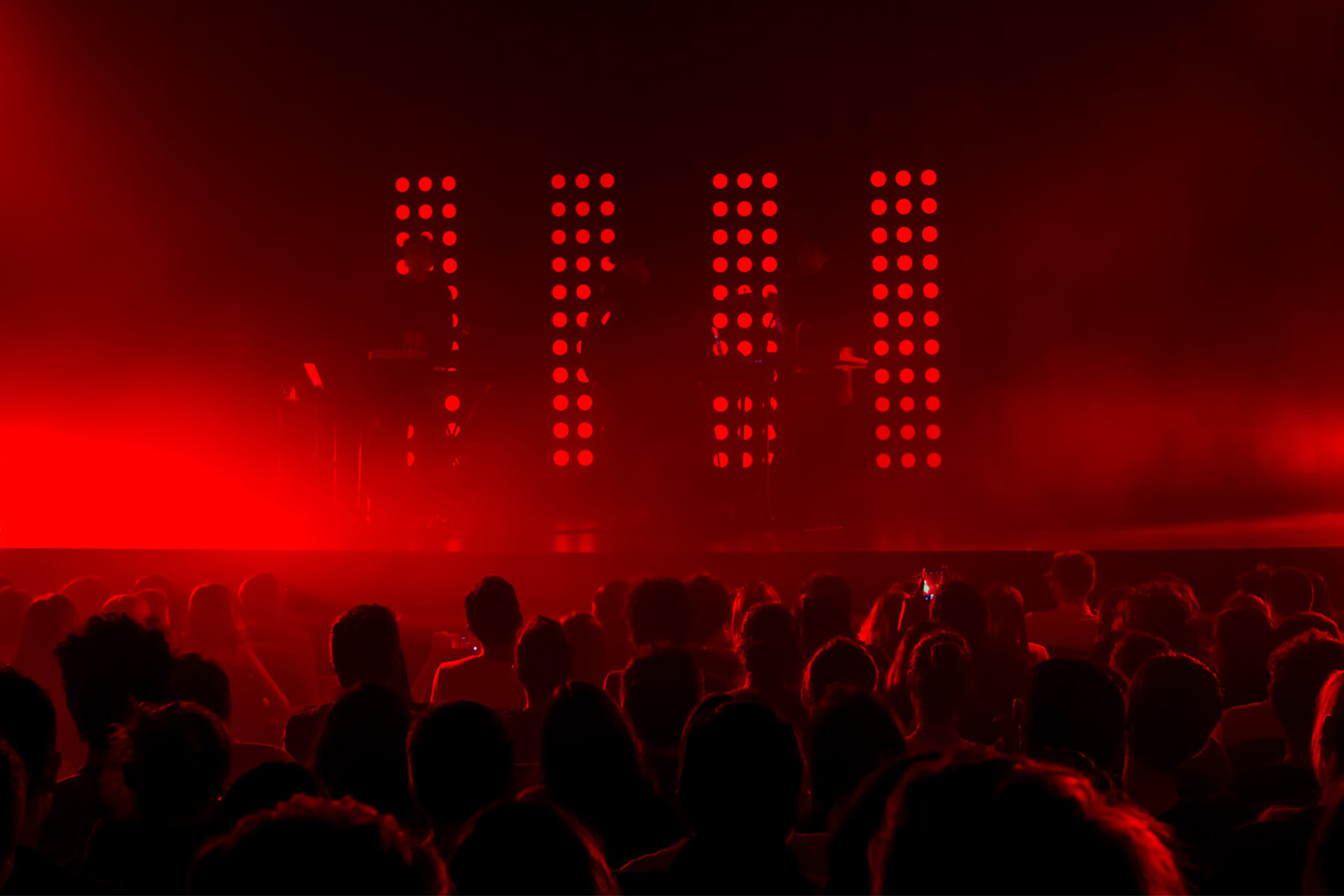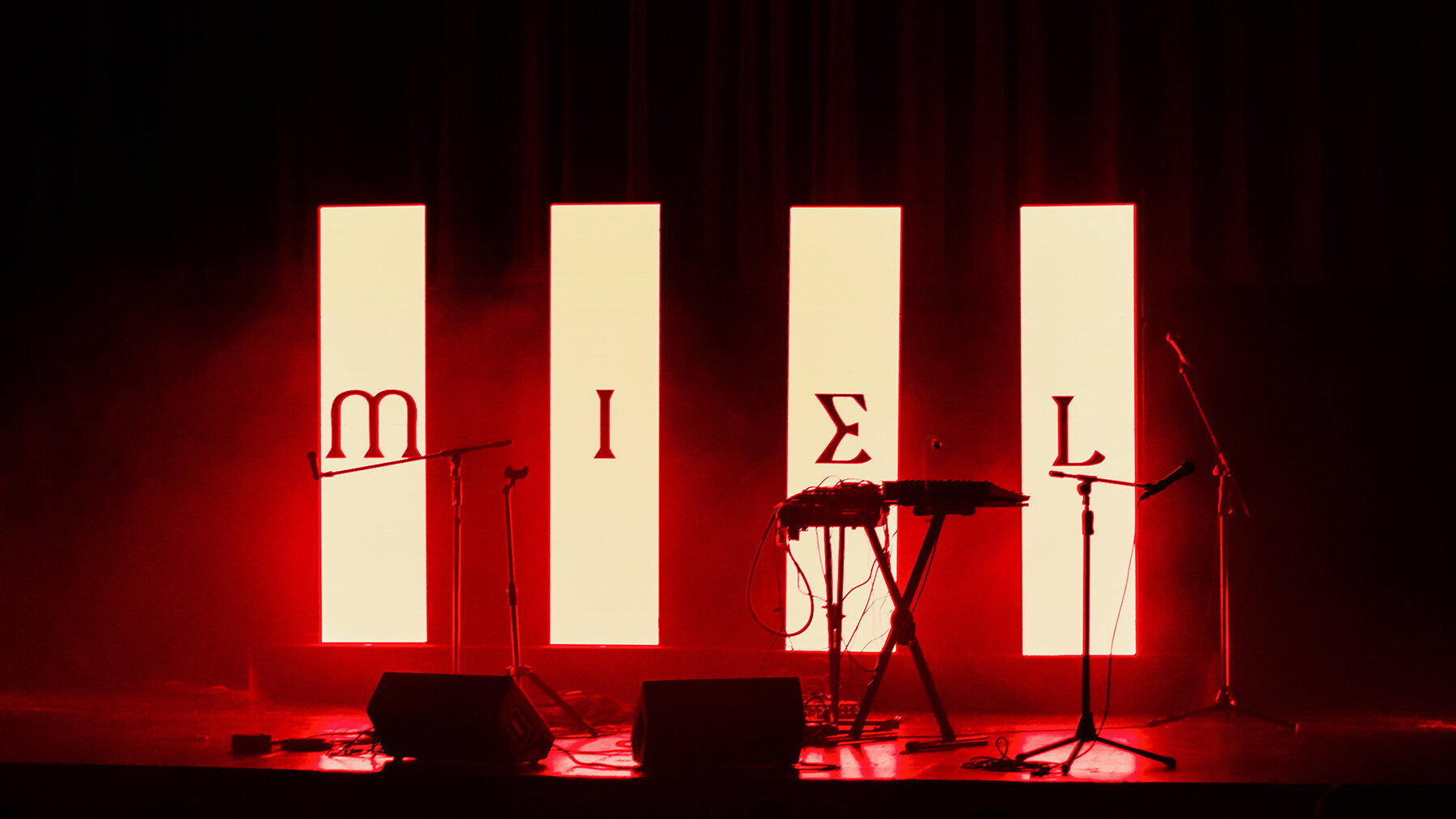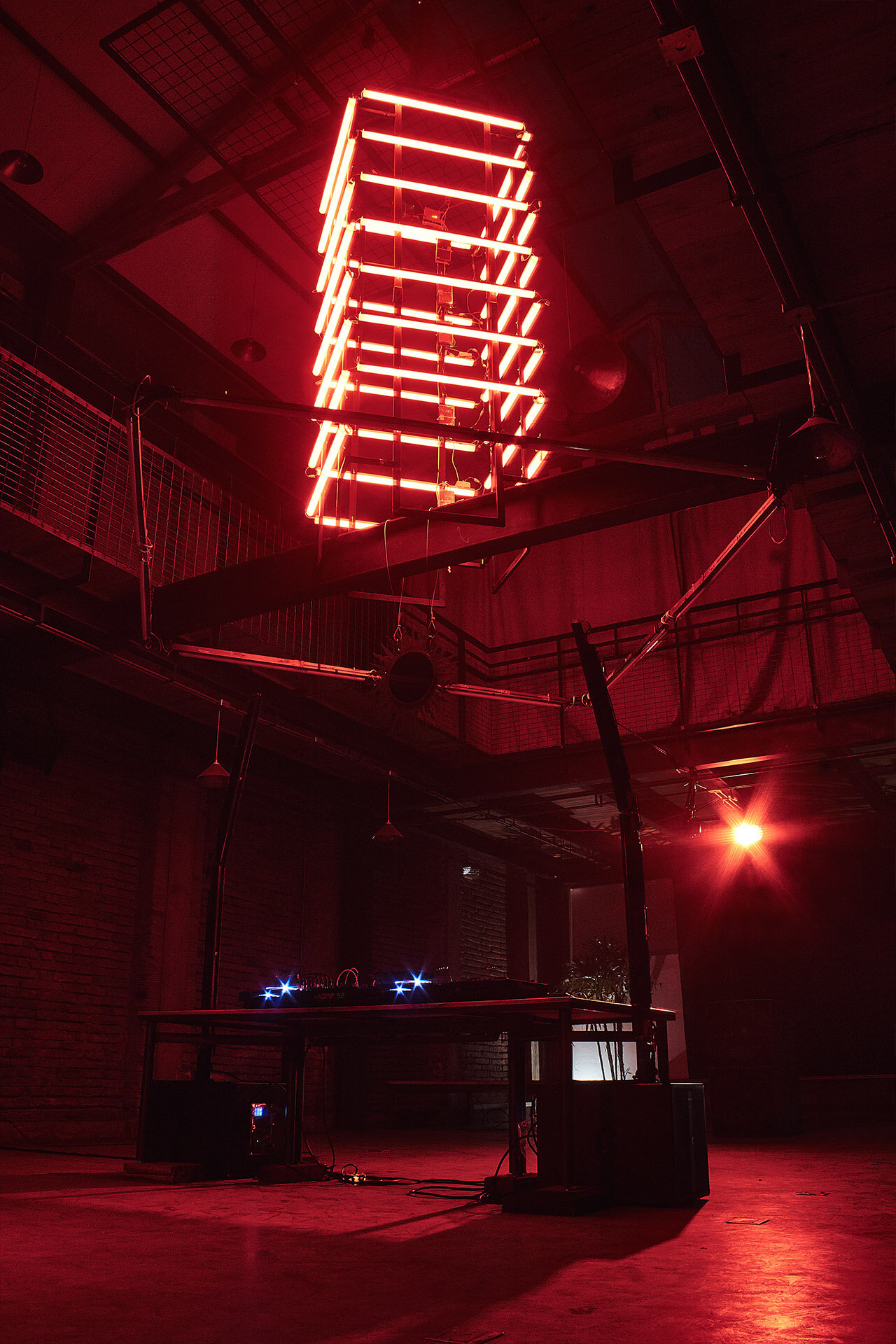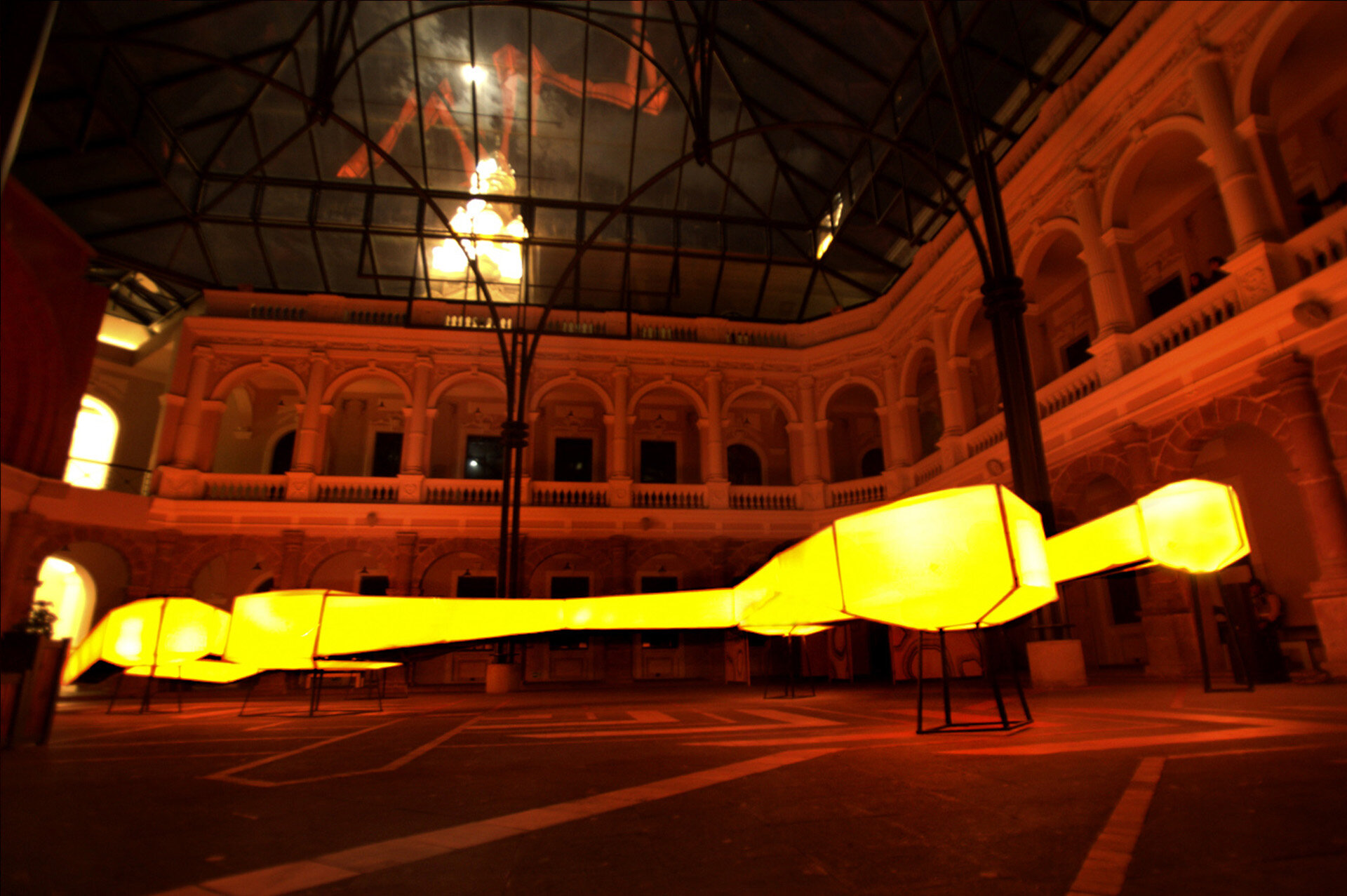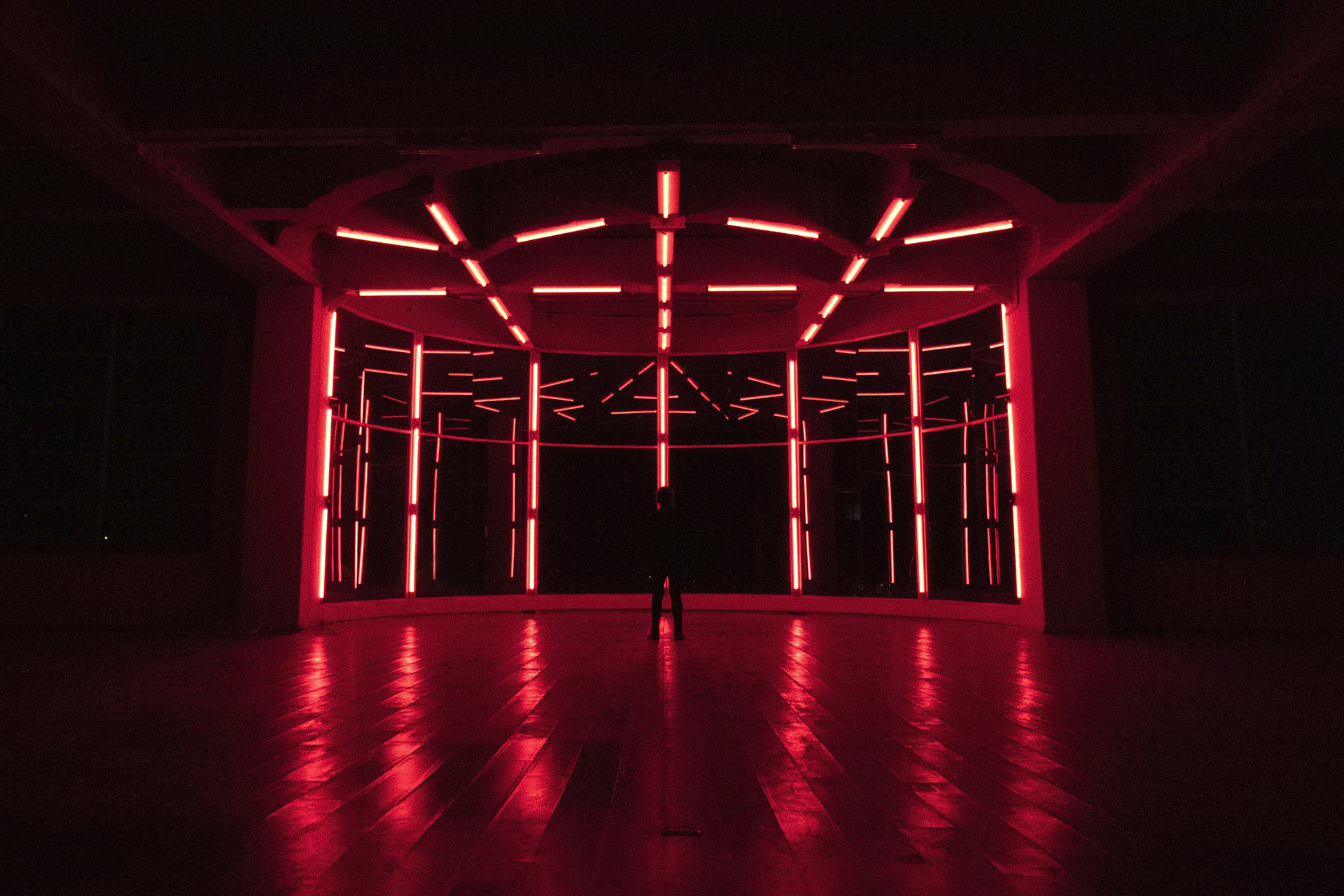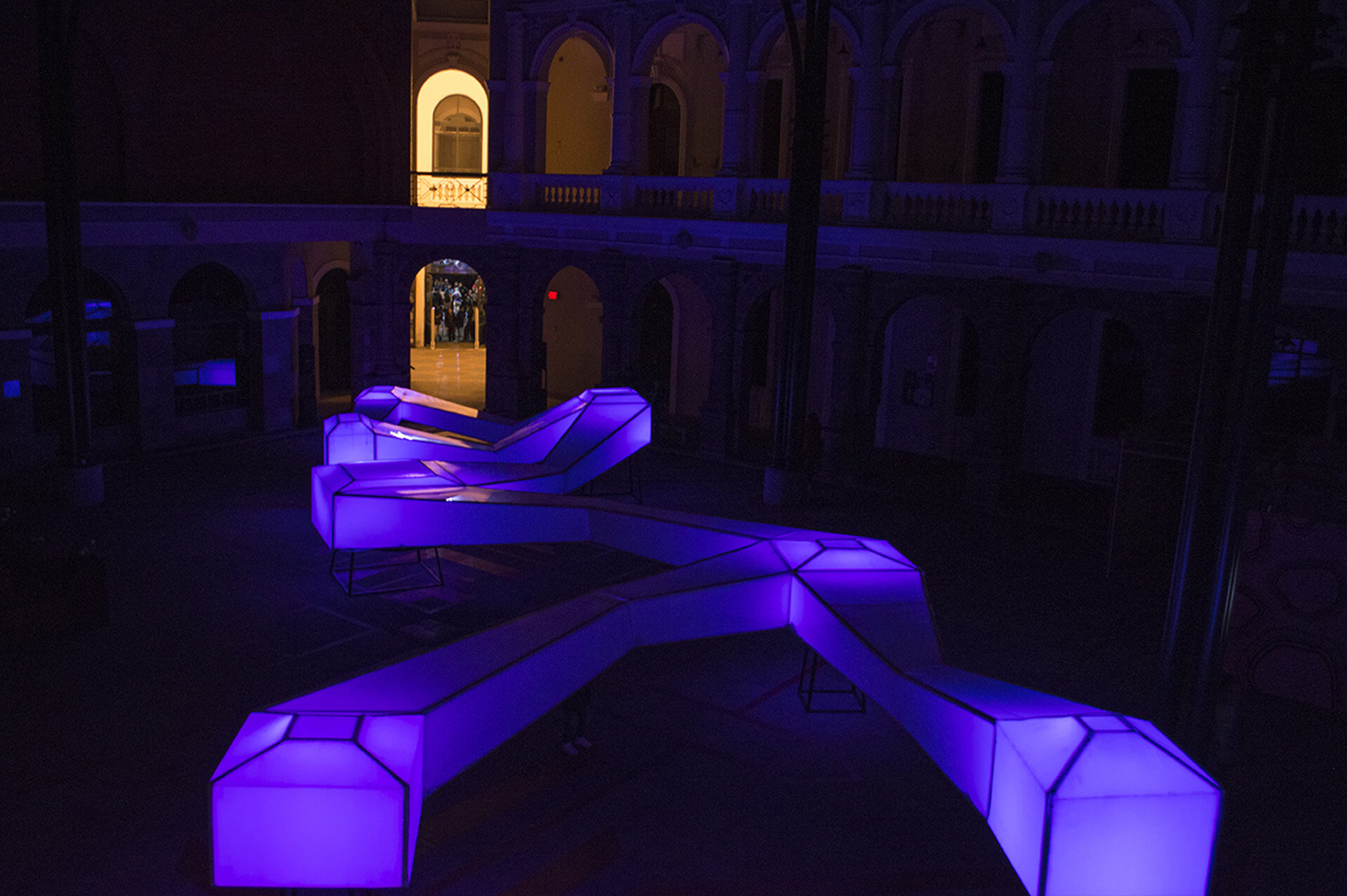Miguel Ángel murgueytio|Physical optics create a new experience of interdisciplinary definition immersion Art
theFOUND Virtual Art Center this TALK with independent new media artists Miguel Ángel murgueytio. Visual artist. Master´s Degree in Multimedia Creation and Serious Games with a specialization in Interaction Design (URL, Barcelona). Professor of Interactive Media Career at Universidad San Francisco de Quito. He has created visual experiences for renowned musical artists.
In today's increasingly diversified society, artistic creation has crossed different professional fields. With the progress of science and technology, art presents more possibilities, and also shows broad prospects in technical support. 3D printing, somatosensory interaction, over and augmented reality technology are all used in works. The integration of technology and art greatly shows the cross-border and scalability of new media art, and expands the audience's traditional artistic sense and cognitive dimension.
It is his way of life to explore the unknown forever. Miguel Ángel murgueytio is an independent artist from Ecuador. When he realized that there were infinite possibilities in the field of art and technology, he started the research and creation of multi-disciplinary and interdisciplinary installation art. From creation in 2016 to the present, Miguel has cooperated with the optical laboratory of the Department of physics of the National University of Ecuador to create an installation art project, basic geometry research and structural design and construction, and the basis of multidisciplinary experimental research on optics and energy 'frequency', so as to reveal the new world in the environment, break the restrictions of space and time, and realize intangible value,
He told us that it is very important for him to regard the audience as the main reference. Miguel hopes that all audiences can create new experiences as an artist, and use technology to create and explore art and more knowledge.
Q&A
theFOUND & Miguel Ángel murgueytio
Q1:
When did you start working in the visual arts? What opened your identity as a visual artist?
I started being interested about visual art since I was a little kid. I used to paint and draw a lot. That is why I decided to study visual arts at Universidad Católica del Ecuador, where I got to learn a lot about art.
After sensing the potential of my career around working digitally and technologically I decided to go to Barcelona, a high multimedia demand city, where I studied a master’s degree on multimedia creation and serious games at Universidad Ramon Llull. Once there I was able to recognize all the possibilities that were available on the art and technology scope. This experience enriched my development as an artist and influenced my actual work as an artist. Back in Ecuador, I got to put into practice everything I learned and with this make a way on the local art with new languages.
Q2:
We know that you were born in Quito, Ecuador. How does the culture or art of this country or city affect your personal growth and artistic creation?
In Ecuador, art project development and technology are a new field, hardly known. But there are also lots of art spaces, experimentation labs, universities and independent artist that is fighting to promote new media art projects. Despite of that, it continues to be hard to get to the audience.
That is why I think that is really important to constantly propose new media art projects. Here the demand is low in comparison to other countries and this creates a fertile ground for all artists to create and build new artistic languages.
Q3:
What is the inspiration of ‘special light ’ ? Is there any emotion and philosophical thinking to express? What else do you want to try in the field of science and technology?
"Specular light" is a project that was created in collaboration with the Optic Lab in the physics department at Escuela Politécnica Nacional del Ecuador. This work is a light installation that proposes to analyze, calculate and expose the light propagation phenomena. It was born from the optic instrument experimentation and digital fabrication technologies. These tools allow to obtain technical data about the impact of light in physic experiments. These scientific aspects enable the chance of betting on an interdisciplinary artistic proposal through mathematical calculations and light reflection studies could build perfect light geometric suspended in space.
Q4:
We like your artwork ‘spectrum’ very much. It reflects the change of energy state in the environment through ultrasound, which affects the performance of audio-visual images. It makes the interaction between users and works of art, and produces the relationship between users, artwork and you. What is the relationship among the three for you?
Some of my Projects take interactivity and level of public participation as a starting point. It is different to develop an interactive project because it implies different processes in the work develops. The public stop being just viewers and becomes participants. The artist is the process creator, it is in charge of creating an experience for the user with the correct interface so that a dialogue takes place between the public and the work.
Q5:
If you were asked to describe yourself as one of your visual art works, which one would you choose and why?
I would choose Fuerzas en equilibrio and Specular Light due to their complexity level, precision and details. Despite of identifying myself with every single one of my creative processes, I believe these two were an important challenge of development and production. This is how I think I carry my life, exploring unknown grounds, but with clear objectives of what I want to reach.
Q6:
Your stage lighting design is wonderful. When you start the project design, where will your initial inspiration come from, or what special creative methods and creative ideas would you like to share with us? What do you think is the biggest difficulty in this process?
Usually, when I get to design stage lighting is because I was invited to an event, festival or by an artist. My creative process built itself as a site specific project.
I study the architecture, draw some sketches rapidly, develop a 3D simulation, use the darkness as a starting point and this is how I get my canvas in which I'm going to starting painting with light. It is important to know the space because this will allow me to play with scales and also know with which technical resources I could generate the right experience so that the public can really immerse themselves in the experience.
Q7:
Can you share an art project of special significance to you?
I had the chance to work on an audiovisual project for ¨Heart¨ (Ibiza, Spain), created by the Cirque de Soleil and the Adrià brothers. Where there were more than 200 gastronomy professionals, music, dance, theater and visuals.
In collaboration with two other European artists we develop a big scenic video mapping. An immersive and multidisciplinary experience where visual projections transformed the inner architecture of the place in which the play took place in sync with the music and dancers. The audience was disconnected from their everyday life and were transported to a new reality.
I share this Project due to its importance of inviting me to be part of this artistic team. To know what the Cirque du Soleil, the Adrià brothers, two world's big chefs and Ibiza city represent fills me with the joy of thinking that this is what any artist would like to work in and with. And where the public awaits living one of their best sensory experiences.
Q8:
Can you share with us your favorite artists or your art mentor?
I admire and follow the work of several artists. Especially those ones who use light, darkness, scales, and space as their principal tools to create sensory and cognitive experiences. I admire Anthony’s McCall, Romain’s Tardy and Christopher’s Bauder work.
Q9:
In the future, which areas do you still want to try?
Working with technology demands you to be constantly updated. There are lots of hardware, software, development and technical equipment possibilities.
I think that the power of creation is within the experimentation. Learning, exploring, testing and building while thinking about the audience as a principal reference allows you as an artist to create new experiences and use technology to create knowledge.

